If you’re looking for some kind of wood to make luxury furniture, Bubinga wood is the best choice.
This wood has a unique style that authority and beauty are just two of the features of this wood.
This wood is a tropical hardwood and very rare. Bubinga Also known as African rosewood is native to tropical Logic of Africa.
This wood is very heavy and hard so that Bubinga logs weigh can be more than 1000 kg.
It is denser than white oak, walnut wood, hard maple and almost all other common wood species on woodworking.
One of the interesting features of this wood is its color. The heartwood is red-brown in color with red and purple veining. This wood has a good smell when is cut and is commonly used in Luxury furniture and cabinetwork, decorative veneers, inlay wood art, and decorative projects.
Working with Bubinga Wood
Working with Bubinga wood is easy as long as you are patient with it and adjust your tools and techniques to work with its properties. Although this wood is hard, Surprisingly, it is not very difficult to plane and saw. You need sharp tools and somewhat more muscle 🙂
Lichtenberg Wood Burning eBook
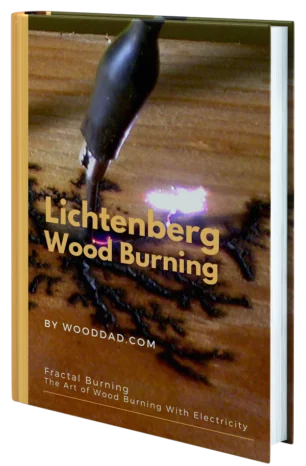
Download Lichtenberg Wood Burning eBook
One of the modern techniques for creating wooden artwork is called Lichtenberg wood Burning. In this eBook, we are going to introduce this newfound art to you.
This technique is known with some different names such as Lichtenberg wood burning, fractal wood burning, and electricity wood art.
This technique should not be confused with wood burning art or pyrography. The art of pyrography on wood is the art of creating motifs and designs by burning with hot metal tools on objects such as wooden surfaces.
Lichtenberg burning is a wood-burning technique for creating designs with electricity.
This eBook is a comprehensive guide on Lichtenberg Wood Burning. All you need to know for Lichtenberg Wood Burning is here.
This is a limited-time offer, order now to get access to the future eBook releases.
This wood is not very suitable for carving. Chopping with chisels is slow but if your tool is sharp and you have perseverance, you can use this wood to create a very valuable artwork.
There are more suitable woods for carving. See Types of wood for carving.
Due to its high density, the wood can be turned well and is a suitable choice for woodturning art.
This wood is the best choice for making decorative panels because of its attractive color and appearance.
Some carpenters have reported that the pieces of Bubinga wood are hard to glue. But it can be said that if you use quality wood glue, there will be no problem.
Features of Bubinga Wood
You can see the technical properties and features of Bubinga wood here:

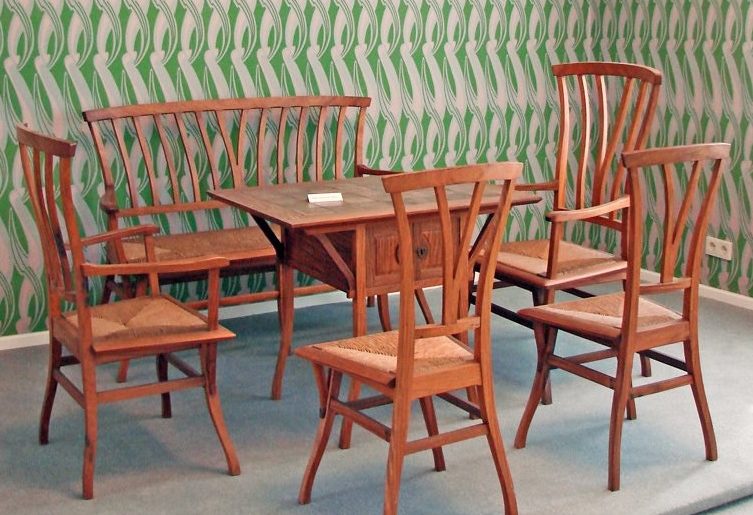
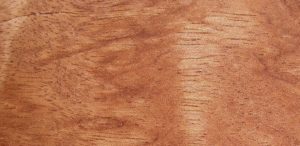
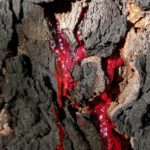
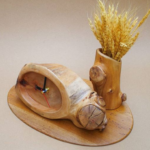


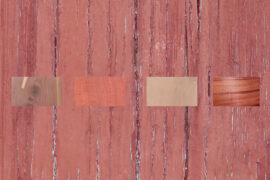
Comments
Pingback: How To Darken Wood Without Stain | Wood Dad
Pingback: Types of Wood for Furniture | Wood Dad
Pingback: Red Colored Woods - Wood Dad
Pingback: Natural Wood Colors Chart - Wood Dad